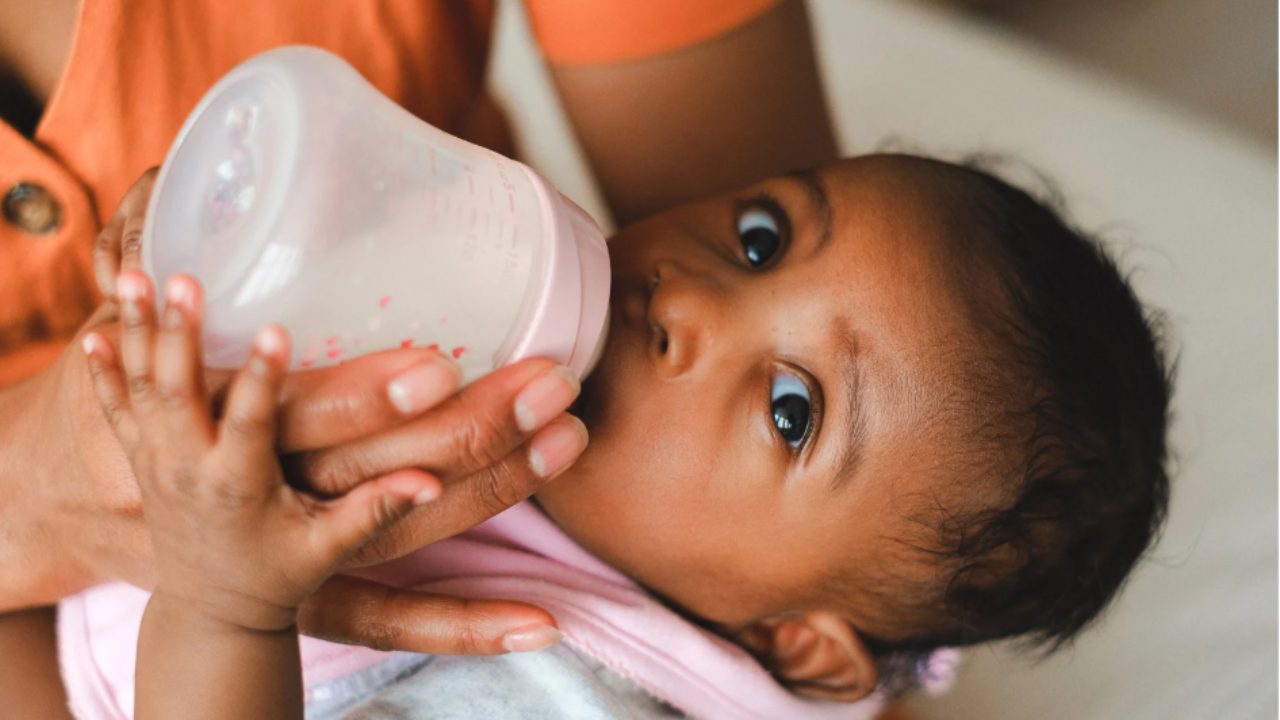Should We Still Care About Crawling? An OT’s Take on This Controversial Milestone
This blog post was written by Brooke Boruff, OTR/L and owner of Infant Insights.

Crawling tends to stir up some strong opinions when it comes to infant development.
Some say it’s not necessary. Others argue it’s essential.
As a pediatric occupational therapist, I fall in the latter camp. Crawling isn’t just a cute in-between stage, it's a powerful developmental milestone that lays the groundwork for so many other skills.
In this post, we’ll explore the evidence behind both sides of the debate, why crawling matters, and what it means if your baby skips it.
Crawling Starts Before You Even Know It
At birth, babies are already equipped with a primitive reflex known as the Bauer Crawling Reflex.
This reflex allows newborns to “crawl” up their caregiver’s chest in search of food... yes, really! It’s biologically hardwired and supports early coordination, visual development, and even cognitive growth. According to Nimble Kids, this reflex sets the stage for the more coordinated, voluntary crawling that emerges later in infancy.
The Bauer reflex first appears around 28 weeks gestation and typically integrates by 6 weeks of age, only to re-emerge when a baby starts crawling later on. That cyclical nature tells us something important: crawling is a foundational, biological movement pattern—not just a developmental extra.
So Why Did the CDC Remove Crawling from Its Milestone Charts?
Great question.
In 2022, the CDC removed crawling from their developmental milestone checklists. According to The Pumping Station, the reason is that less than 75% of children crawl, and milestones on the CDC chart must occur in at least 75% of children.
But that raises some important questions:
-
Are fewer babies crawling because the milestone isn’t important?
-
Or are babies crawling less because we’re not encouraging it, or not educating parents about its value?
Psychology Today adds that 5–15% of infants do not crawl on hands and knees before walking. But again, that doesn’t mean crawling isn’t important. It simply reflects that not every baby gets the same exposure to environments or play that promote crawling.
Crawling Is Cultural—But Exposure Still Matters
In some cultures, babies are carried upright most of the day, and crawling is often skipped entirely. Frontiers in Psychology even states that “motor development is, at least partially, culturally constructed.”
But we also know this: Babies who enjoy tummy time are more likely to crawl. Prone positioning builds the strength and coordination needed to get on hands and knees. I’ve seen this time and again in my practice.
Babies who don’t like tummy time often avoid crawling altogether, unless we gently guide them there through play or positioning from sitting.
💡TOP TIP: Toys that make tummy time more fun and engaging can help! Try a mirror toy, water mat, or high-contrast visual toy to encourage time on the belly. Shop tummy time toys here!
So… Is It Bad if a Baby Skips Crawling?
Not necessarily.
Many babies go straight from sitting to standing and walking—and most turn out just fine.
But here’s what Sprout + Thrive says, and I agree: “If your baby skips crawling, they’ll probably be just fine, BUT we’re here to make a case for not ‘skipping’ this milestone and circling back to it if your baby didn’t crawl, or only briefly did, before walking.”
There’s no solid evidence that skipping crawling causes developmental delays. But there’s plenty of evidence showing the benefits of crawling.
The Benefits of Crawling (They’re Too Good to Ignore!)
1. Strength + Coordination
Crawling strengthens the core, shoulders, arms, and legs. It also teaches babies how to move in a coordinated way (alternating arms and legs) which lays the foundation for skills like walking, running, skipping, and even climbing stairs.
💡 TOP TIP: Place baby on hands and knees over your leg to help them learn weight-bearing. Gently encourage alternating arm/leg movements once they’re stable.
💡You can also use toys to encourage forward movement. Try placing a rolling toy just out of reach to motivate crawling practice. Shop crawling toys here!
2. Visual Development
Crawling gives babies a new way to see the world. It boosts depth perception, eye-hand coordination, and visual tracking skills that support reading later on.
As they crawl, babies track their hand movements visually, strengthening connections between the eyes and brain.
💡TOP TIP: Try using toys with lights, sounds, or movement to help develop visual tracking during crawling play. Shop crawling toys here!
3. Left + Right Brain Integration
Crawling uses both sides of the body, which means both sides of the brain are at work. This “cross-lateral” movement is key for more complex tasks later, like tying shoes, playing sports, or even writing.
Think of all the daily tasks that use both sides of the body. Things like driving, typing, cooking. Crawling is where it starts.
4. Primitive Reflex Integration
Crawling helps integrate early reflexes that support future movement.
-
STNR: Encourages proper posture when lifting the head.
-
ATNR: Promotes rolling and reaching across the body.
-
Bauer: Supports alternating body movements.
These reflexes become functional through crawling, supporting mature, purposeful movement.
5. Prepping for Future Milestones
Crawling prepares babies for climbing, navigating stairs, playground exploration, riding balance bikes, and more. It lays down strength and coordination that carries through early childhood and beyond.
Final Thoughts (from a Therapist and a Mom)
While not every baby will crawl (and that’s okay) but I believe we should encourage crawling through purposeful play and smart positioning. It’s one of the simplest, most natural ways to support your baby’s development in multiple areas at once.
If your baby skipped crawling or is struggling to get there, don’t stress. But, don’t overlook the benefits either. You can always “circle back” and work in crawling through play! To understand when to expect crawling and other motor milestones, check out our free Milestone Course.








